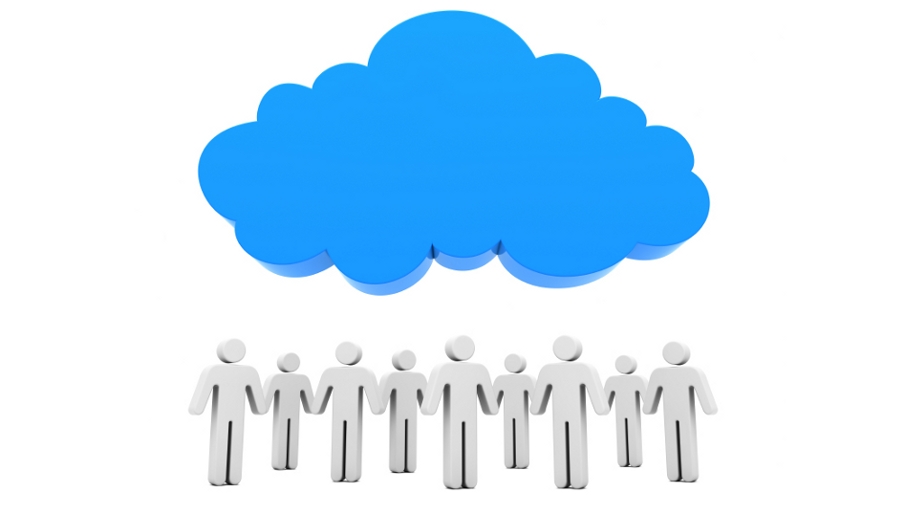Don't get lost in the cloud: IT cloud explained
The cloud is simpler than you think

The cloud provides an alternative to applications and computer systems that you purchase and manage in-house. It gives you access to applications, computer infrastructure (such as servers and networks) and storage as a service over the Internet. That means you pay a cloud service provider only for what you use, when you use it.
Cloud services are often divided into three categories:
Software as a service (SaaS) - applications such as customer relationship management (CRM) or human resource management (HRM), usually paid for on a per-user, per-month basis.
Platform as a service (PaaS) / Infrastructure as a Service (IaaS) - computing systems including servers, storage and networks which you can use in place of equipment you own.
Cloud storage services - often used for low-cost archiving or to provide temporary storage capacity before new storage hardware is installed on-premise.
The benefits of using services provided from the cloud include:
- Scalability - Cloud service providers operate out of very large data centres with vast amounts of computing resources. That means you can quickly scale the service up or down to provide you with the exact capacity you require as your business grows (or shrinks).
- Lower costs - Because cloud service providers have such large amounts of computing resources they enjoy significant economies of scale operating it - and these cost savings can be passed on to you. And since you pay only for what you need, you also save money when you reduce capacity because you don't have to pay for resources that are idle.
- Easy financing - You pay for cloud services with operation expenditure, rather than capital expenditure, which can make taking on new services easier to arrange.
- Agility - Implementing new hardware and software often takes months. By contrast, you can have new cloud services, such as applications or computing resources, up and running in a matter of hours or days - often by selecting them from a self-service catalogue.
- Accessibility - Cloud services, particularly applications delivered as a service, can usually be accessed securely from anywhere using a browser in a desktop or laptop computer, or a mobile device such as a tablet. This is much easier than configuring virtual private networks (VPNs) so that mobile or home workers can access your on-premise applications.
There are some drawbacks to the use of cloud services; the most common being that cloud services may bring up issues of security, privacy and compliance. That's because using cloud services inevitably means that corporate and customer data has to leave your organisation to be processed in the cloud.
Are you a pro? Subscribe to our newsletter
Sign up to the TechRadar Pro newsletter to get all the top news, opinion, features and guidance your business needs to succeed!
Most cloud service providers are aware of these issues and take steps to mitigate them - for example, through the use of encryption, security audits and certification - but ultimately it is for cloud customers themselves to decide whether these issues have been adequately dealt with.
Another drawback is that in some cases it can be difficult to integrate applications delivered from the cloud with other applications that you run in-house. This is becoming less of an issue thanks to integration middleware, specific pre-packages integration solutions and even cloud-based integration services that connect on-premise applications with applications run in the cloud.
An alternative for larger organizations is to run a 'private cloud' - infrastructure that uses the same cloud technologies such as virtualization that cloud service providers use, but run in your own data centre.